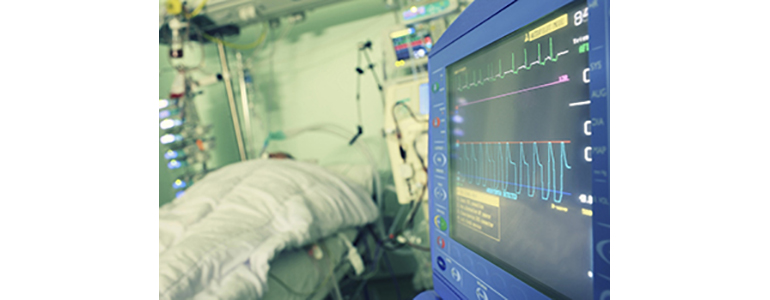For a number of years there has been a growing shortage of primary care physicians. This shortage has caused growing concern about the cause of the decreasing numbers of young physicians entering the primary care sectors of their profession.
In the quest to answer the “Why?” question, a good deal of attention has been focused on the workload that is carried by primary care providers. Long hours, large numbers of patients and complex inter-related constellations composed of medical, social, psychological problems combine to create a stressful work environment. As a result, primary care physicians can expect to struggle with professional burnout. One study showed that, between 2011 and 2014, the burnout rate among family physicians increased from 51 to 63 percent. Nearly two-thirds of family physicians suffered burnout as the result of heavy workloads encroaching on family and recreational time and opportunities. This threatening burden no doubts casts a cloud over the professional horizon for young physicians making practice choices.
An even larger consideration looms in the face of the choices to be made by young doctors. Getting to the point of selecting a career path is an expensive proposition for physicians. Medical students getting ready to graduate in 2013 faced median debt amounting to almost $210,000 for public schools and even higher sums ($278,000+) for private schools, according to the Association of American Medical Colleges. With their career path as the debt payback mechanism these graduates chose between a base pay offer of $189,000 a year, on average, for positions as primary care physicians and the much higher salaries offered to specialists (Merritt Hawkins & Associates’ 2012 Review of Physician Recruiting Incentives). For example, the comparable averages for orthopedic surgeons was $519,000 while the average base salary for cardiologists stood at $512,000. It is not hard to evaluate the relative effectiveness of these revenue streams in retiring the substantial debts of medical school.
The revenue levels are set by the market. It is clear that the market values the services of the specialist over those of the “generalist.” This economic reality is confirmed by a social one. Society in general and the medical community in particular accords much higher prestige to specialties. Medical schools signal in subtle and not-so-subtle ways that the best students “specialize.” The public perceives that medical specialists are “smarter” or more qualified than “garden variety” non-specialist doctors. This social/professional valuation translates into economic valuing in the medical services marketplace.
Where does this valuation come from? It has its roots in the Renaissance and Enlightenment trend to reductionist thinking around the machine theory of the operation of the universe. As the laws governing planetary motion and the circulation of blood came to light the view arose that the way to understand any natural system was to reduce it to its parts and study them in detail. It was felt that by aggregating the understanding of the system components one could come to understand the system itself. The critical knowledge therefore was the narrow knowledge of the parts- the domain of the specialist.
As this penetrated the social consciousness of the modern world the price of the more “valuable” narrow knowledge was bid up. The specialist’s work was valued over that of the generalist. The economic advantage of specializing was created and grew as this view took root. The value structure of medical services is but one of many instances of the implementation of this world view.
But what does this have to do with systems engineering?
Next time: The systems engineer- the primary care practitioner of systems design.






